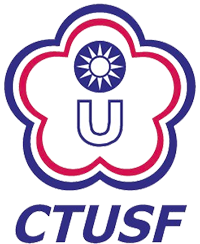Sports & Exercise Research Volume 12 Number 2
Author:Ren-Hseng Wang ; Kuo-Lung Ho ; Ching-Hung Lin ; Chiu-Chou Chen ; Jen-Chun Lo ; Szu-Hsien Yu
Period/Date/Page:Vol. 12 No. 3 (2010 / 09 / 30) , P106 - 112
DOI:10.5297/ser.1203.012
Body Composition and Insulin Sensitivity Characteristics of College Athletes
Abstract:Body composition is a crucial factor for physical wellbeing, and that can influence the insulin sensitivity. The present cross-sectional study was purposed to evaluate the association between body composition and insulin sensitivity in college athletes. 817 college athletes and 524 age-matched non-athletes were participated in this study. Indices of body composition [height, weight, body mass index (BMI) and bioelectrical impedance analysis (BMA)] and glucose metabolism regulators (fasting glucose, serum insulin, HOMA, HbA1c and cholesterol) were measured for all subjects. We found athletes have higher body weights, BMI and BIA compared to non-athletes. In addition, fasting insulin and HOMA were significantly higher in athletes than that of non-athletes. Pearson product-moment correlation and partial correlation was used to assess whether markers of body composition were associated with insulin sensitivity. Here we found obesity levels (body weight, BMI and fat percentage) are correlated with insulin sensitivity (insulin, HOMA and cholesterol) in both athletes and non-athlete groups before and after adjusting the gender and age. These results demonstrate that the possible reason of lower insulin sensitivity in college athletes maybe due to the high fat percentage. In order to prevent insulin resistance, athletes have to pay more attention to weight management and body composition. (Full text)




